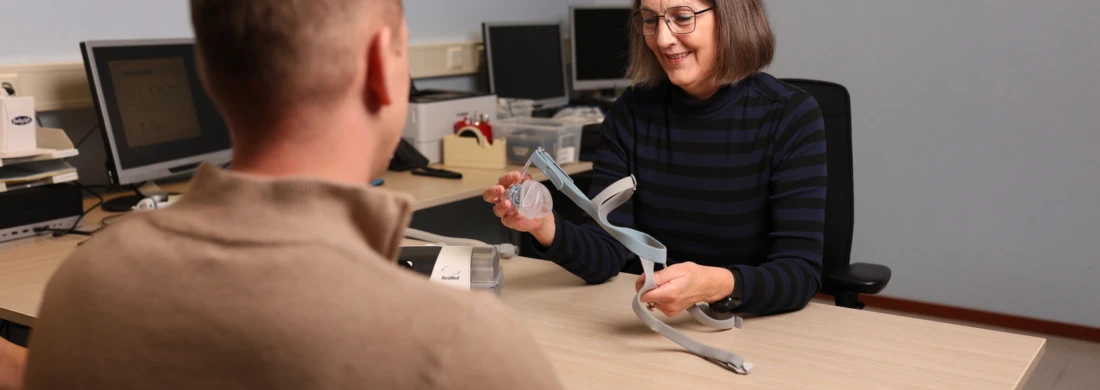Sleep-related movement disorders are often classified as parasomnias. They primarily involve simple movements during sleep, such as rocking, rhythmic, or grinding motions. An example of a sleep-related movement disorder is Restless Legs Syndrome (RLS), in which (uncontrollable) leg movements are performed to relieve an unpleasant sensation in the legs.
RLS and other movement disorders

Restless Legs
Restless Legs Syndrome (RLS) is the English term for a condition that, literally translated, means "restless legs." It is a bothersome disorder that occurs relatively frequently and falls under "movement disorders during sleep."
Patients with RLS experience an unpleasant itching, tingling, or restless sensation in the legs. Symptoms primarily occur during rest and are worse in the evening and at night than during the day. Patients feel an almost irresistible urge to move their legs. While moving, the symptoms decrease, but as soon as movement stops, the symptoms return.
Periodic Limb Movement Disorder
In some patients with RLS, there are also brief, jerking movements of the arms or legs during sleep. This condition is known as Periodic Limb Movement Disorder (PLMD). The unpleasant sensation in the legs, nighttime jerking, or sudden muscle contractions can severely disrupt sleep.
For patients with severe symptoms, referral to the Center for Sleep Medicine at Kempenhaeghe may be beneficial.